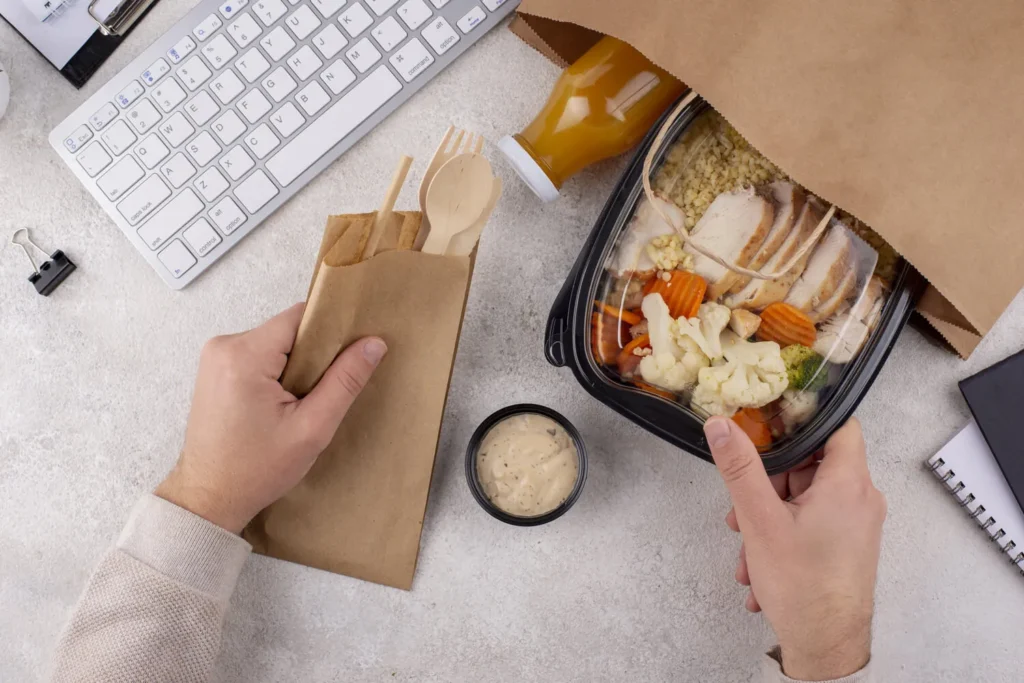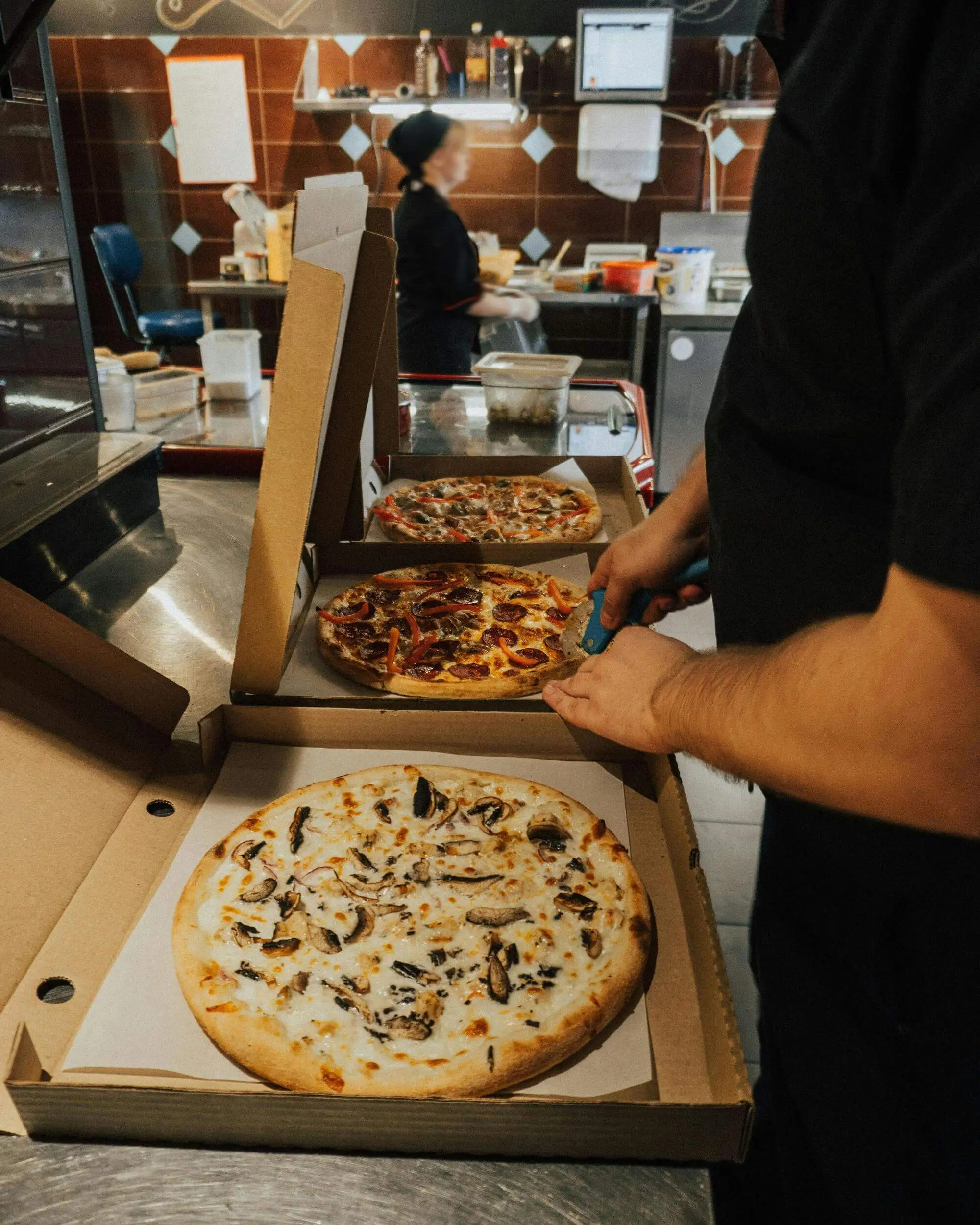In the competitive landscape of food delivery, ensuring timely, efficient, and error-free deliveries is critical for customer satisfaction and business growth. A streamlined delivery process powered by robust delivery management systems and driver mobile applications can transform operations, enhance efficiency, and provide an exceptional customer experience.

The Modern Delivery Workflow
Traditional delivery processes relied on manual coordination, paper-based records, and limited real-time tracking. These methods often led to:
- Miscommunication between dispatchers and drivers.
- Delays caused by inefficient routing.
- Reduced transparency for customers waiting for their orders.
Modern delivery management systems, combined with dedicated mobile applications, have addressed these challenges by introducing automation, integration, and advanced tracking capabilities.
Key Features of Delivery Management Systems
1. Centralized Order Coordination
Delivery management systems centralize all incoming orders in one platform, eliminating the need to juggle multiple apps or devices. This ensures clear communication between dispatchers and drivers.
2. Automated Dispatching
Advanced algorithms match orders to drivers based on proximity, vehicle capacity, or availability. This reduces downtime and optimizes fleet utilization.
3. Real-Time Tracking
Customers and dispatchers can monitor deliveries in real-time, providing transparency and enabling proactive communication in case of delays.
4. Data Analytics
Detailed reports and analytics allow businesses to track performance, delivery times, and customer satisfaction, enabling data-driven improvements.
The Role of Driver Mobile Applications
A mobile application designed for delivery drivers complements the delivery management system, acting as the operational tool on the ground. Here’s how:
1. Effortless Order Management
Drivers receive complete order details, including pick-up and drop-off locations, special instructions, and deadlines, directly in the app.
2. Intelligent Navigation
Integrated GPS services like Google Maps or Waze guide drivers to their destinations, factoring in real-time traffic and road conditions.
3. Instant Communication
One-click call or messaging features allow drivers to connect with customers or dispatchers effortlessly, ensuring smooth coordination.
4. Delivery Confirmation
Drivers can collect electronic signatures, take photos, or use GPS-tagged confirmations to provide proof of delivery, enhancing accountability.
Statistics Highlighting the Benefits
Time Efficiency:
Businesses using delivery management systems and driver apps report a 25% reduction in delivery times due to optimized routing and seamless communication.Customer Satisfaction:
Real-time tracking and reliable delivery windows improve customer satisfaction by 30%, as customers appreciate the transparency and accuracy.Operational Costs:
Optimized routes and efficient driver management contribute to a 20% reduction in fuel consumption and vehicle maintenance costs.Error Reduction:
Automated order assignment and digital confirmations reduce delivery errors by 35%, ensuring accurate and timely service.
How the Combination of Systems and Apps Benefits the Process
1. Enhanced Efficiency
Automation minimizes manual intervention, allowing businesses to handle larger order volumes with the same resources.
2. Improved Driver Experience
Drivers have access to intuitive tools that simplify their tasks, enabling them to focus on timely and accurate deliveries.
3. Greater Customer Trust
Features like real-time tracking and reliable ETAs create a positive impression, leading to repeat orders and increased loyalty.
4. Scalability
As businesses grow, the integration of delivery management systems and driver apps allows them to scale operations without compromising quality.
Best Practices for Implementing Delivery Management Systems and Driver Apps
Choose the Right System:
Opt for platforms that integrate seamlessly with your existing software, such as POS systems and customer databases.Train Your Team:
Ensure that dispatchers and drivers understand how to use the system and app effectively to maximize their benefits.Monitor Performance:
Use analytics to identify bottlenecks, track key metrics like delivery times, and continuously optimize the process.Focus on Customer Communication:
Leverage app features like real-time tracking and automated notifications to keep customers informed and satisfied.
Why BiteBerry Excels at Delivery Management
With BiteBerry’s delivery management platform and mobile driver application, restaurants and delivery businesses can:
- Integrate seamlessly with popular delivery platforms like UberEats and Wolt.
- Track deliveries in real-time to maintain operational transparency.
- Equip drivers with an intuitive app featuring advanced navigation and communication tools.
Businesses adopting BiteBerry report measurable improvements in their delivery operations, from shorter delivery times to enhanced customer reviews.
Conclusion
The combination of a robust delivery management system and a feature-rich driver mobile application is no longer optional—it’s essential for thriving in today’s delivery-driven market. By investing in these technologies, businesses can streamline their workflows, delight customers, and ensure drivers have the tools they need for success.
Related Articles

Future-Proofing Your Restaurant: BiteBerry KDS for Android as the Ultimate Kitchen Ally
In an era where technology drives innovation across industries, the restaurant sector is no exception. As customer expectations rise and competition intensifies, adopting smart solutions

Kitchen Display Systems on Mobile Tablets: Revolutionizing Restaurant Operations
In today’s fast-paced restaurant industry, kitchen display systems (KDS) running on mobile tablets have emerged as a game-changing solution. These systems streamline communication, reduce errors,

Unleashing the Potential of Dark Kitchens with BiteBerry’s Food Delivery System
As the food delivery industry continues to grow, the concept of dark kitchens—also known as cloud kitchens or ghost kitchens—has revolutionized how restaurants operate. By
